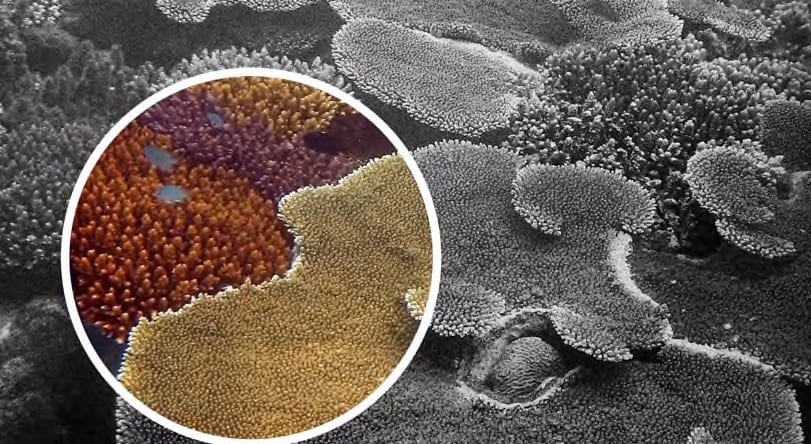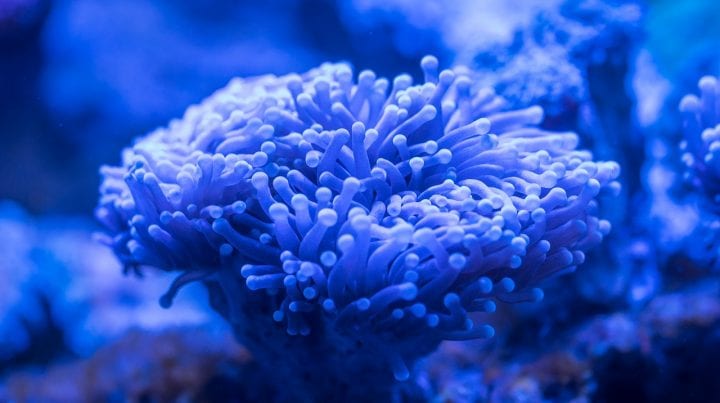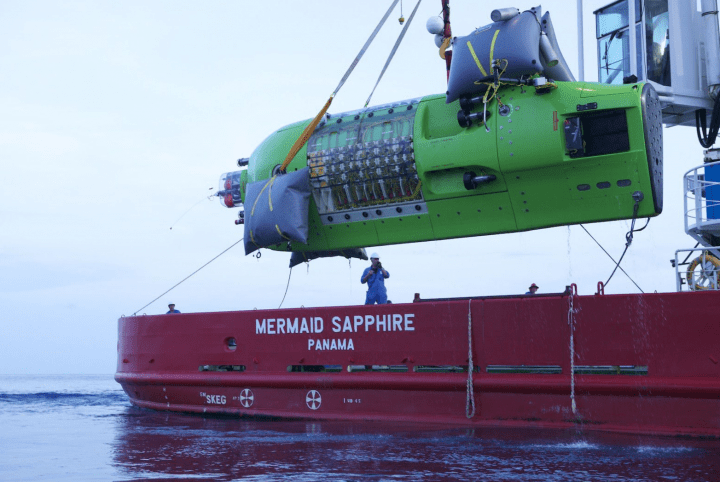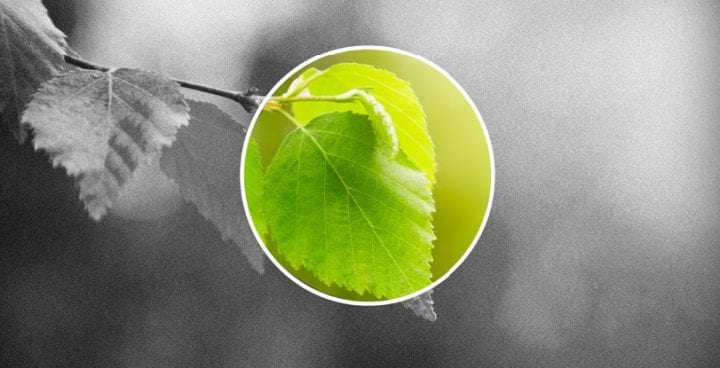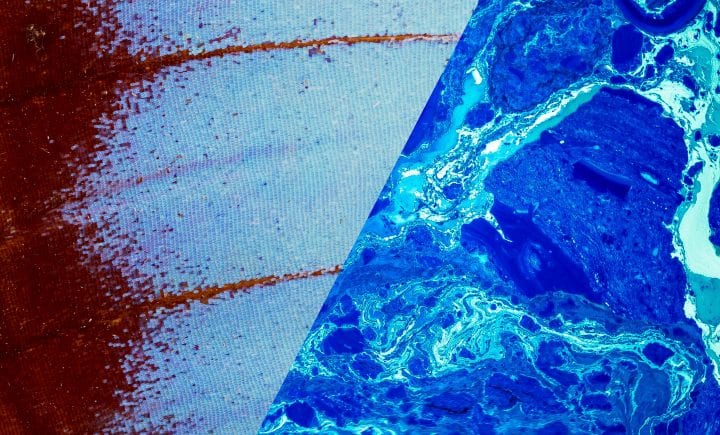In this lab students explore how sea creatures creates calcium carbonate, a compound needed to manufacture cement, at ambient temperatures and using abundant, readily available raw materials.
Objectives
- Students will emulate a physiological process used by corals to create calcium carbonate out of seawater and carbon dioxide.
- Students will compare and contrast how humans and other species typically acquire raw materials for manufacturing.
- Students will recognize that biological models can serve as inspiration for sustainable chemistry methods.
In this lab students a physiological process used by corals to create calcium carbonate out of seawater and carbon dioxide. In doing so, young people experience first-hand the principle behind a cutting-edge biomimetic technology with the promise of transforming conventional concrete manufacturing into a more sustainable industry.
The lesson plan addresses key physical science education standards and is available for upper elementary grades through high school with grade-appropriate learning objectives and assessments. It can be conducted within 1-2 class periods without specialized scientific knowledge or equipment, and uses materials that cost less than $50 to obtain.
Lab Procedure
The following video demonstrates the lab procedure for this lesson.
*Lab materials update: The NaOH used in this lab must be pure and in a clear and liquid form. Drain-O/Liquid Plumr used to be formulated this way, but now crystals are more common. Do not use the crystal form. It will cloud up the solution so you can’t see the precipitate form and clog the filter. If you can’t find liquid NaOH locally, you can order it in pure form from a chemistry supply store.
